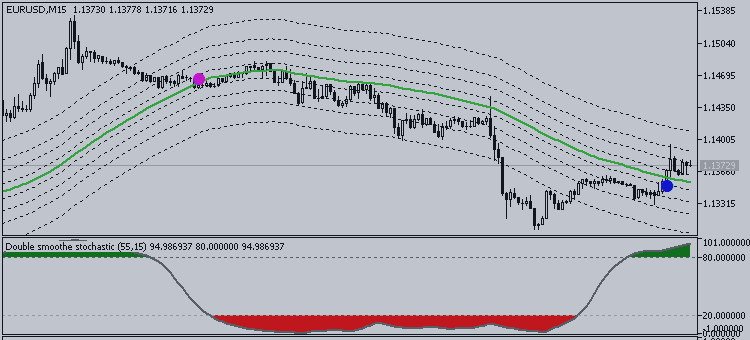The stochastic oscillator is a commonly used momentum indicator that measures the current currency price compared to its historical price for a given time period. It looks to gage the strength and momentum of a currency pair's price action by measuring the degree by which a currency is overbought or oversold. The scale for the indicator is 0 to 100. Readings above 80 indicate overbought conditions, as it reflects the fact that the currency is strong and the price is closing near the high of the trading range. Readings below 20 indicate oversold conditions and reflects the fact that the currency is weak and is closing near the low of the trading range.

How can stochastics be used for trading?
Detect Overbought and Oversold Conditions
The most common way to analyze stochastics is to sell when the reading is above 80, which implies overbought conditions and to buy when the reading is below 20, which implies oversold conditions.
Divergence
Buy and sell signals can also be given when stochastics show divergence, indicating a possible trend reversal. Divergence occurs when the stochastic values are moving in one direction and the price values are moving in the opposite direction.




